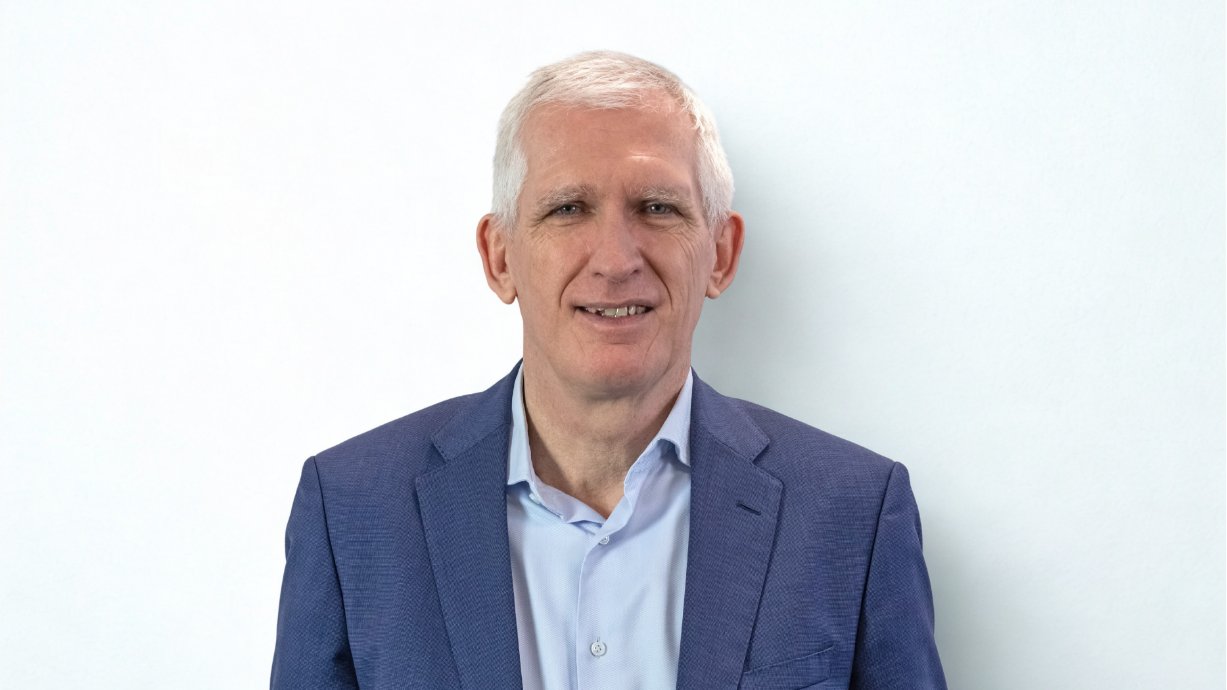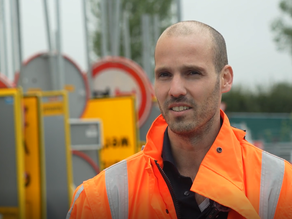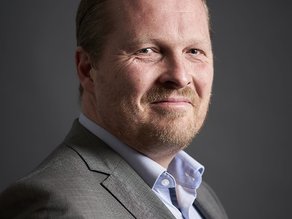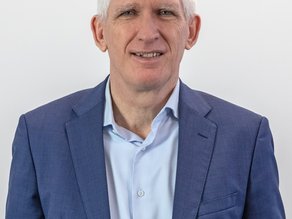Five questions for
Paul ten Kroode
The Dutch Environmental Database Foundation (Stichting NMD) celebrates its five-year anniversary. The foundation was established in 2020, but work on environmental data for the construction sector goes back much further: Stichting NMD originated from the Building Quality Foundation (SBK), which laid the foundation for the current system from 2011 onward.

5 years Stichting NMD!
Over the past five years we have achieved a great deal and much has changed. We have grown significantly and important steps have been taken to make circular construction a reality. This brings us closer to a sustainable living environment, for today and for the future.
Several people have been closely involved in these developments and in the growth of Stichting NMD. Over a period of ten weeks we will share the perspectives of ten of these people through a short interview based on five fixed questions. In this way, we present ten perspectives on five years of Stichting NMD.
This week we have five questions for Paul ten Kroode.
Paul ten Kroode, as Chair of the Supervisory Board of Stichting NMD, safeguards the independent position and strategic direction of the foundation. With his broad experience in the construction and infrastructure sectors, Paul contributes to securing quality, transparency and continuity within the system. From his supervisory role, he supports the further development of NMD as a stable and reliable foundation for environmental performance in the construction sector.
1. How did you first come into contact with the Dutch Environmental Database Foundation?
I had always been interested and involved in sustainability in the built environment. A colleague pointed me to a vacancy on the board of Stichting NMD, and I decided to apply.
2. In your experience, what has changed the most in your work or in the sector over the past five years?
I believe digitalisation has accelerated enormously. More and more processes and designs are being analysed and managed in a data-driven manner. Increasingly, software is being developed to create data-driven solutions as well.
3. What change or development would you still like to see?
Stichting NMD has genuinely contributed to the professionalisation of environmental analyses in the built environment, based on objective and independent data. It would be great to see other sectors embrace similar systems — for example the automotive sector, consumer goods, and food & agri.
4. What are you proud to have achieved together with Stichting NMD?
Stichting NMD has made an impressive journey from start-up, to scale-up, to grown-up. Today it has a professional team that delivers reliable and high-quality output.
5. Where do you see Stichting NMD in five years?
Data-driven working will continue to grow, including in the construction sector. I hope that data from the NMD will become an integral part of design and decision-making processes, influencing sustainable design choices for buildings and infrastructure at a very early stage.
In addition, environmental issues will increasingly be shaped by EU legislation. I hope and expect that Stichting NMD will make a leading contribution in that area.
This interview is part of a series. Over a period of ten weeks, we will publish a new interview every Thursday.
Read all interviews on our lustrum page
Read all interviews:



